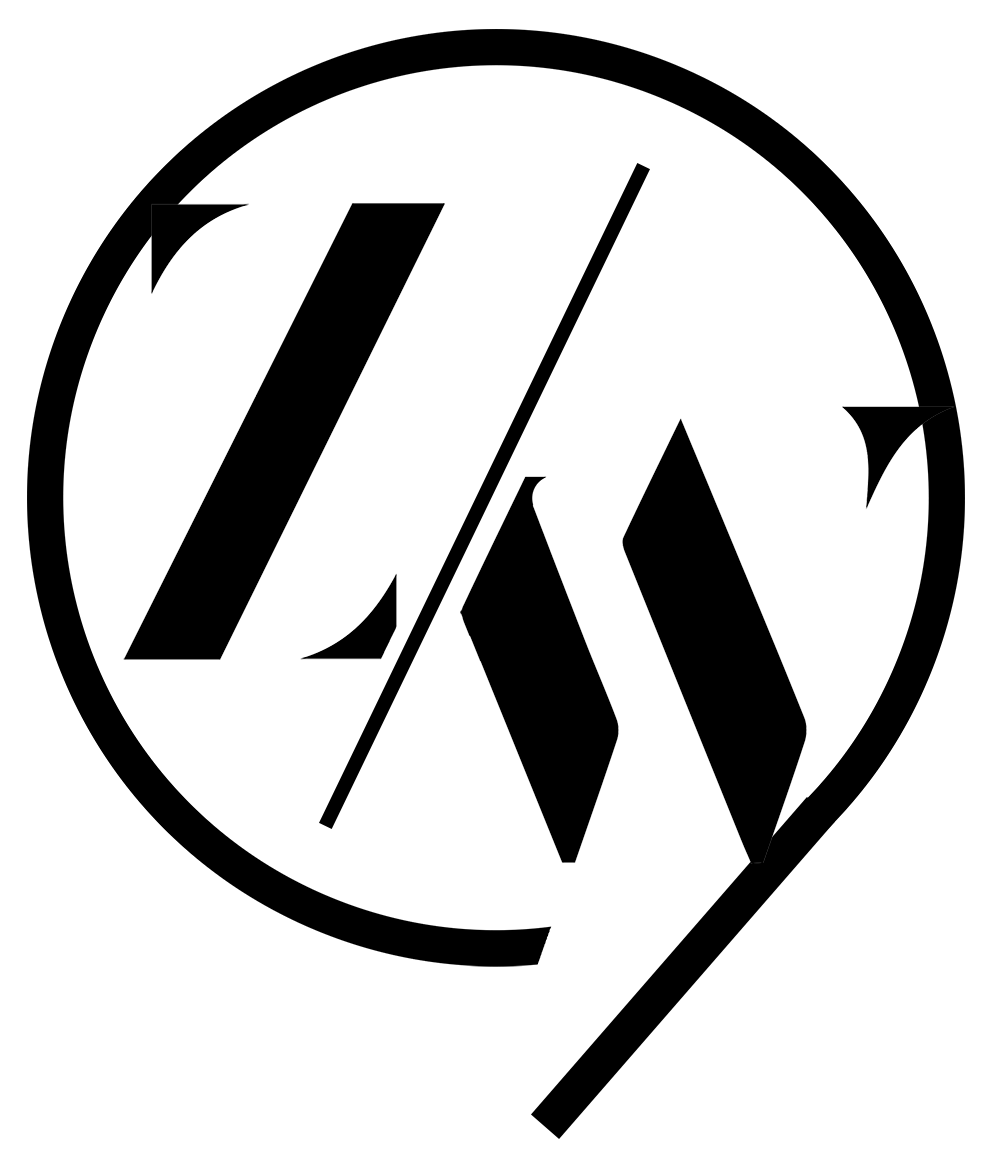Selecting the right framework for website development is crucial for your project’s success. With numerous options available, each offering unique features, it’s essential to choose one that aligns with your project requirements.
Understanding Different Types of Frameworks
In the realm of website development, frameworks are essential tools that streamline the creation and maintenance of web applications. These frameworks can be broadly categorized into front-end, back-end, and full-stack frameworks.
Front-End Frameworks: Designed to manage the user interface and user experience, front-end frameworks handle the visual elements users interact with directly. Popular options like React, Angular, and Vue.js offer pre-written code, components, and templates, enabling developers to create responsive and dynamic web pages efficiently.
Back-End Frameworks: Back-end frameworks focus on server-side logic, database interactions, and application functionality. They manage data processing and server communication behind the scenes. Common frameworks like Django, Ruby on Rails, and Express.js offer tools and libraries to simplify database management, user authentication, and API development.
Full-Stack Frameworks: Full-stack frameworks encompass both front-end and back-end development, providing a comprehensive solution for building complete web applications. They enable developers to work on both client-side and server-side using a unified framework. Examples include Meteor, MEAN (MongoDB, Express.js, Angular, Node.js), and MERN (MongoDB, Express.js, React, Node.js), streamlining the development process by offering a cohesive environment for building, testing, and deploying web applications.
Understanding the distinctions between these types of frameworks is crucial for selecting the right tools for your website development project. Each type offers unique advantages and is suited to different aspects of web development, ensuring that your project is both efficient and effective.
Key Factors to Consider When Choosing a Framework
Selecting the right framework for your website development project is a critical decision that can significantly impact the success and efficiency of your work. Here are key factors to consider:
Project Requirements and Goals
Understanding your project’s specific requirements and goals is paramount. Different frameworks excel in different areas, so it’s essential to align your choice with your project’s needs. For instance, if your project demands a highly interactive user interface, a robust front-end framework like React or Angular might be ideal. Conversely, if your focus is on complex server-side logic and database interactions, a back-end framework like Django or Ruby on Rails would be more suitable. Clearly defining your objectives will guide you in selecting a framework that best supports your project’s scope and functionality.
Community Support and Documentation
The value of strong community support and comprehensive documentation cannot be overstated. A framework with an active community provides a wealth of resources, including tutorials, forums, and third-party libraries, which can be invaluable for troubleshooting and enhancing your development process. Additionally, well-maintained documentation ensures that you can easily understand and implement the framework’s features. Frameworks like React, Angular, and Django are renowned for their extensive community support and detailed documentation, making them reliable choices for developers.
By carefully considering your project requirements and leveraging frameworks with robust community support and documentation, you can ensure a smoother development process and a more successful outcome for your website development project.
Popular Frameworks and Their Use Cases
Choosing the right framework can significantly enhance the efficiency and effectiveness of your website development project. Here, we explore some popular frameworks and their ideal use cases.
React and Angular for Dynamic User Interfaces
React and Angular are two of the most widely used front-end frameworks for creating dynamic and responsive user interfaces.
- React: Developed by Facebook, React is a JavaScript library that excels in building interactive and high-performance user interfaces. Its component-based architecture allows developers to create reusable UI components, making the development process more efficient. React’s virtual DOM ensures fast updates and rendering, which is particularly beneficial for applications requiring real-time data updates.
- Angular: Maintained by Google, Angular is a comprehensive front-end framework that offers a robust set of tools for building complex single-page applications (SPAs). Angular’s two-way data binding and dependency injection simplify the development process, while its extensive ecosystem provides solutions for routing, state management, and form handling. This makes Angular an excellent choice for large-scale applications with intricate user interactions.
Django and Laravel for Robust Back-End Development
For back-end development, Django and Laravel are renowned for their robustness and ease of use.
- Django: A high-level Python framework, Django is designed to facilitate the rapid development of secure and maintainable web applications. It follows the “batteries-included” philosophy, providing a wide range of built-in features such as an ORM (Object-Relational Mapping), authentication, and an admin panel. Django’s emphasis on convention over configuration and its comprehensive documentation make it a preferred choice for developers aiming to build scalable and secure applications quickly.
- Laravel: A PHP framework, Laravel is celebrated for its elegant syntax and developer-friendly features. It offers a rich set of tools for tasks such as routing, authentication, and caching. Laravel’s Eloquent ORM simplifies database interactions, while its Blade templating engine allows for clean and efficient front-end development. The framework’s extensive ecosystem, including tools like Laravel Forge and Laravel Vapor, supports seamless deployment and scaling, making it ideal for robust and high-performance back-end development.
By understanding the strengths and use cases of these popular frameworks, you can make informed decisions that align with your project’s specific needs and goals, ensuring a successful website development process.
Last modified: August 2, 2024



